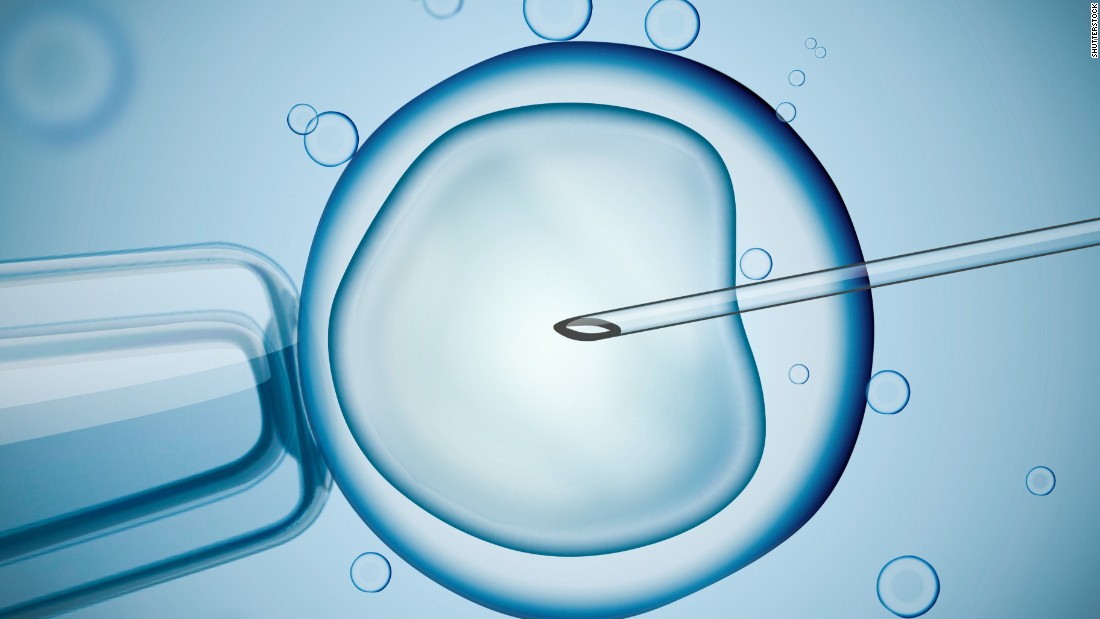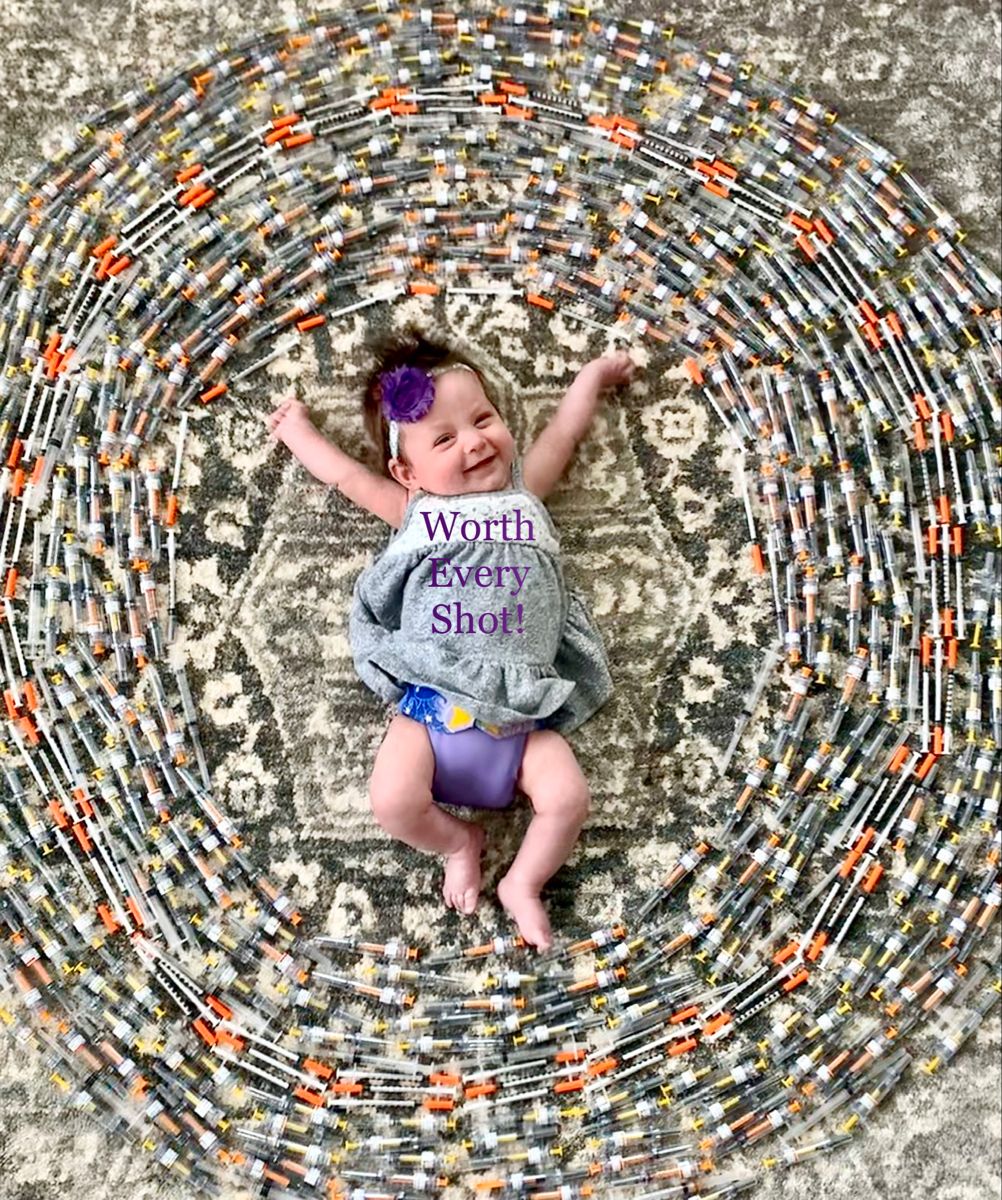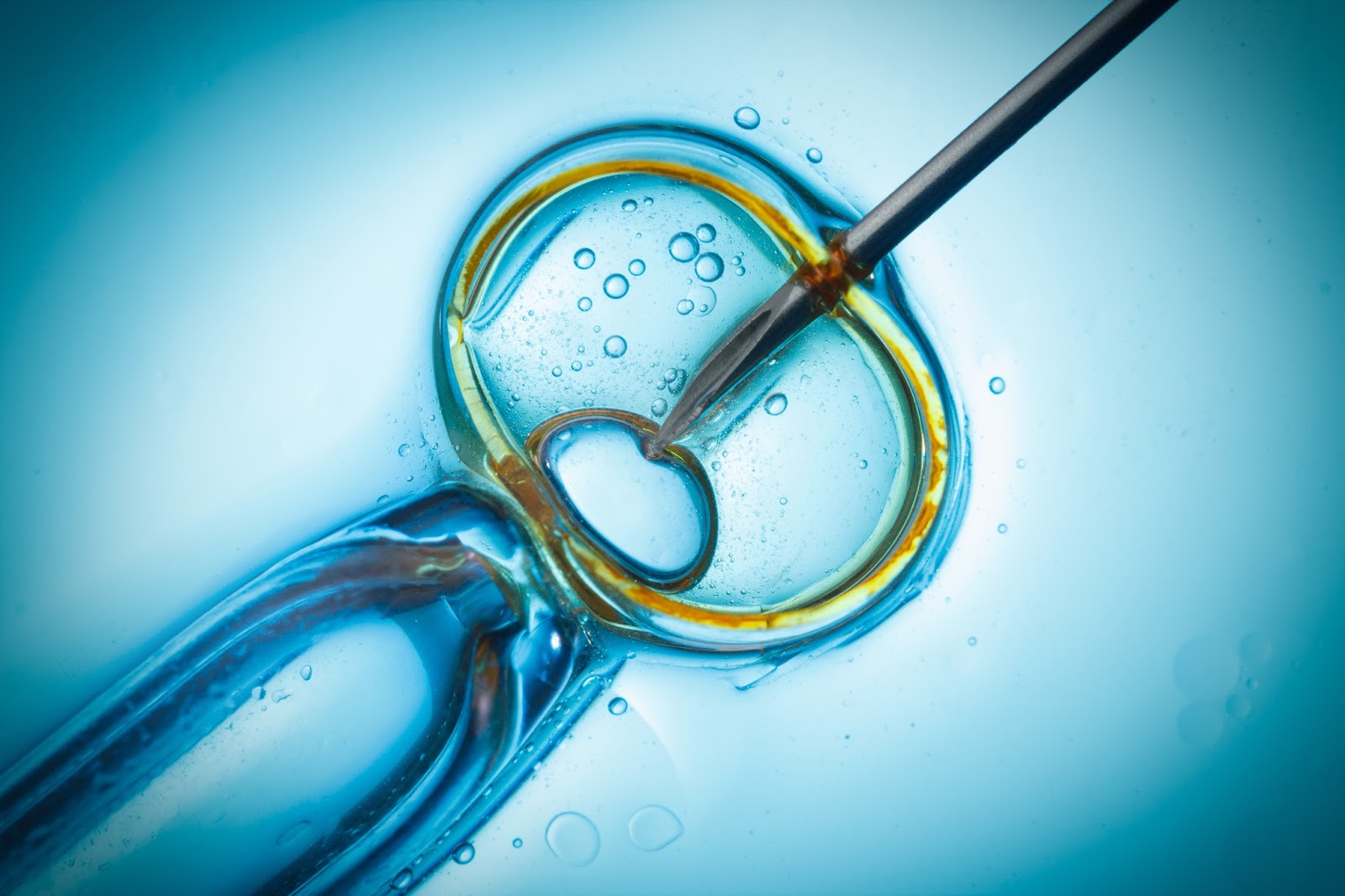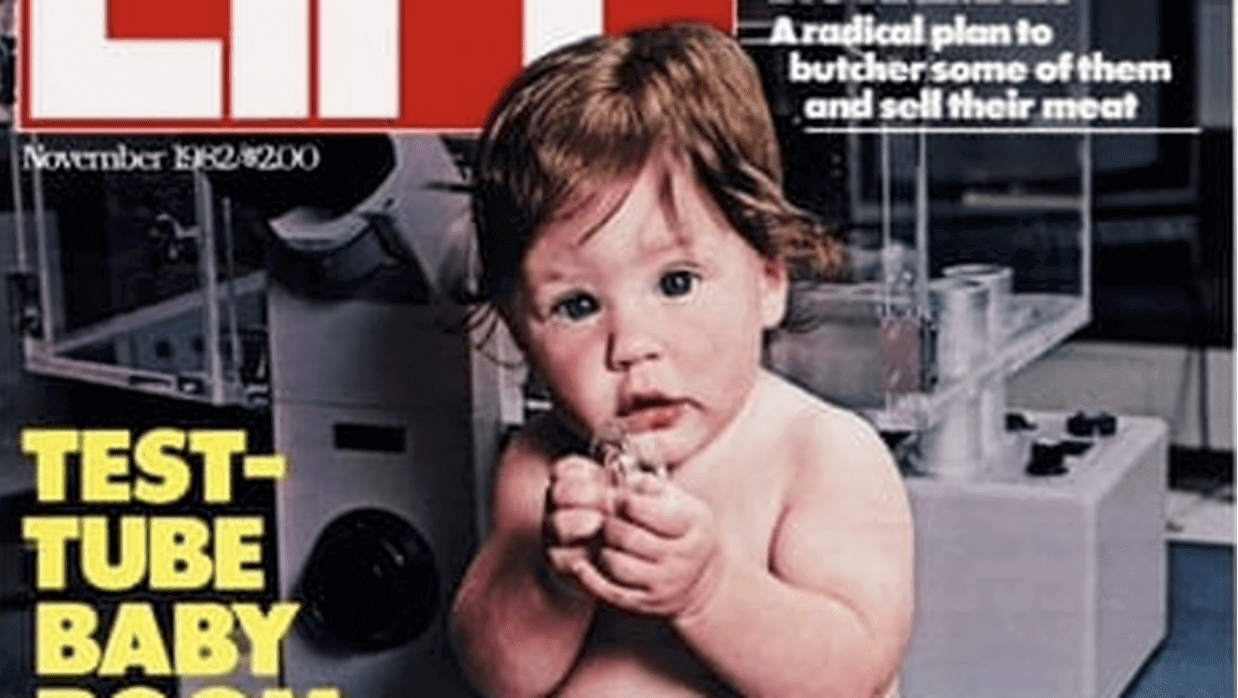When Was the First IVF Baby Born?
Imagine a world where starting a family feels out of reach for so many hopeful parents. Then, picture a single moment that changes everything—a breakthrough so big it gives millions a chance at the dream they thought was impossible. That moment came on July 25, 1978, when Louise Joy Brown, the world’s first baby conceived through in vitro fertilization (IVF), was born in Oldham, England. Her arrival wasn’t just a personal victory for her parents, Lesley and John Brown; it was a game-changer for science, medicine, and families everywhere.
But what led up to that incredible day? How did IVF go from a wild idea to a life-changing reality? And what does it mean for us today? This article dives deep into the story of the first IVF baby, uncovering the history, the science, the struggles, and the surprises along the way. We’ll explore details you won’t find in every other story—like the unsung heroes, the ethical battles, and the latest trends shaping IVF right now. So, grab a comfy seat, and let’s travel back to where it all began.

The Birth That Started It All
On a warm summer night in 1978, at 11:47 p.m., a healthy 5-pound, 12-ounce baby girl named Louise Joy Brown entered the world via cesarean section at Oldham General Hospital. To the outside world, she was a miracle—the first “test tube baby.” But to her parents, she was the answer to nine long years of heartbreak and hope.
Lesley Brown had blocked fallopian tubes, a condition that made natural conception impossible. After years of failed attempts, she and her husband John were referred to two pioneers: Dr. Patrick Steptoe, a skilled gynecologist, and Robert Edwards, a brilliant physiologist. Together, they had been working tirelessly to crack the code of fertilizing a human egg outside the body. Louise’s birth proved they’d done it.
The process was simple but revolutionary: Lesley’s egg was retrieved during a natural cycle (no fancy drugs back then!), fertilized with John’s sperm in a petri dish (not a test tube, despite the nickname), and then placed back into her uterus. Nine months later, Louise arrived—proof that science could rewrite the rules of parenthood.

The Road to 1978: A Century of Dreams and Discoveries
Louise’s birth didn’t happen overnight. It was the result of decades—centuries, even—of curiosity and grit. Let’s rewind and see how we got there.
Early Sparks of Curiosity
Way back in the late 1800s, scientists were already tinkering with the idea of fertilization outside the body. In 1890, a British doctor named Walter Heape transferred embryos between rabbits, showing it was possible to move life from one womb to another. Fast forward to 1934, when Gregory Pincus (yep, the birth control pill guy) and Ernst Enzmann tried fertilizing rabbit eggs in a lab. They succeeded, but the pregnancy wasn’t truly “in vitro” since it finished inside the rabbit.
Then, in 1959, a scientist named Min Chueh Chang made a huge leap. Working with rabbits, he proved that eggs fertilized in a dish could develop into healthy babies once transferred to a womb. This was the spark Edwards and Steptoe would later build on.
The Human Challenge
By the 1960s, Edwards was obsessed with making IVF work for humans. He teamed up with Steptoe, who had mastered laparoscopy—a way to peek inside the body with a tiny camera and grab eggs without major surgery. Together, they faced a mountain of challenges: getting eggs to mature, finding the right moment to fertilize them, and keeping embryos alive long enough to implant.
Their first big win came in 1968 when they fertilized a human egg in the lab. But turning that into a pregnancy? That took another decade of trial, error, and heartbreak—including early miscarriages and failed attempts. Finally, in 1977, Lesley Brown’s embryo stuck. Nine months later, history was made.
The Unsung Heroes You Haven’t Heard About
Edwards and Steptoe get the spotlight, but they didn’t do it alone. There’s a whole crew of brilliant minds who deserve a shoutout.
Jean Purdy: The Quiet Genius
Jean Purdy was the nurse and embryologist who worked side-by-side with Edwards and Steptoe. She handled the delicate lab work, monitored the embryos, and kept the team on track. Edwards later said she was just as crucial to Louise’s birth as he and Steptoe were. Yet, when Edwards won the Nobel Prize in 2010, Purdy couldn’t share it—she’d passed away in 1985, and the prize doesn’t go posthumously. Her name’s etched on a plaque at Oldham Hospital, but she’s still too often overlooked.
Subhash Mukhopadhyay: The Forgotten Pioneer
Here’s a twist you might not know: just 67 days after Louise was born, another IVF baby arrived—Durga, born October 3, 1978, in India. Her creator? Dr. Subhash Mukhopadhyay, a physician who worked with basic tools and a household fridge. He pulled off IVF independently, but the Indian government shut him down, refusing to let him share his work globally. Facing rejection and ridicule, he took his own life in 1981. It wasn’t until years later that the world recognized his achievement. Durga’s story reminds us that breakthroughs don’t always get the applause they deserve.
What Happened After Louise?
Louise’s birth wasn’t the end—it was the beginning. IVF exploded onto the scene, and the world had to catch up fast.
A Baby Boom—Literally
By the 1980s, IVF clinics were popping up everywhere. In 1981, Elizabeth Carr became the first IVF baby in the U.S., born in Virginia. Today, over 12 million babies have been born through IVF worldwide, with about 500,000 added each year. In the U.S. alone, IVF accounts for 1-2% of all births annually, according to the CDC.
Tech That Changed the Game
IVF didn’t stay stuck in 1978. Here’s how it evolved:
- Controlled Ovarian Stimulation (COS): In the 1980s, doctors started using hormones to get multiple eggs per cycle, boosting success rates from 6% to over 30%.
- ICSI: Introduced in 1992, this technique injects a single sperm into an egg—perfect for male infertility.
- Freezing Eggs and Embryos: Cryopreservation, refined in the 2000s, lets people save eggs or embryos for later, making IVF more flexible.
Today, success rates can hit 50% for women under 35, a far cry from the single-digit odds of the early days.
The Ethical Firestorm Nobody Saw Coming
Louise’s birth wasn’t all celebration. It kicked off a debate that’s still raging today.
Playing God or Helping Families?
Religious leaders called IVF unnatural, arguing it messed with divine plans. Scientists faced accusations of “playing God.” Meanwhile, couples desperate for kids saw it as a lifeline. The clash was loud and messy—newspapers screamed headlines, and governments scrambled to set rules.
In the U.K., the Human Fertilization and Embryology Authority (HFEA) was born in 1990 to regulate IVF. Other countries followed, but rules vary wildly—some ban it outright, others embrace it fully.
New Questions, New Fights
As IVF grew, so did the dilemmas:
- What happens to unused embryos? Freeze them, donate them, or destroy them?
- Can single people or same-sex couples use IVF? (Spoiler: Australia said yes in 2002; others still say no.)
- Should we pick embryos based on traits like deafness or eye color?
These aren’t just science questions—they’re human ones, and they keep IVF in the hot seat.
IVF Today: What’s New in 2025?
Fast forward to April 1, 2025—IVF’s not the same beast it was in 1978. Here’s what’s hot right now.
The Latest Trends
Google Trends and X chatter show people are obsessed with “IVF success rates by age,” “cost of IVF in 2025,” and “natural IVF options.” Searches spiked in early 2025 after U.S. talks about expanding IVF access hit the news. On X, fans of shows like The Summer I Turned Pretty even tie IVF to character arcs—proof it’s part of pop culture too!
Cutting-Edge Science
Recent studies are pushing boundaries:
- In Vitro Gametogenesis (IVG): Scientists are working on making eggs and sperm from skin cells. A 2024 study in Nature showed promise in mice—humans could be next.
- AI in Embryo Selection: Clinics now use artificial intelligence to pick the healthiest embryos, boosting success rates by up to 15%, per a 2023 Fertility and Sterility report.
- Mitochondrial Replacement: This tweak to IVF, approved in the U.K., swaps out faulty mitochondrial DNA to prevent rare diseases. It’s still rare but growing.
Costs and Access
IVF’s pricey—$12,000 to $25,000 per cycle in the U.S. But 2025 brings hope:
- Some states are mandating insurance coverage.
- Low-cost “mini-IVF” (fewer drugs, lower price) is gaining fans.
- Nonprofits like BabyQuest offer grants to ease the burden.
Real Stories: IVF Beyond the Headlines
Numbers and science are cool, but the heart of IVF is in the people. Here are two tales that hit home.
The Browns’ Legacy
Louise Brown, now 46, isn’t just a milestone—she’s a mom. Her sister Natalie, also an IVF baby (born 1982), was the first IVF-conceived person to have kids naturally in 1999. Louise’s book, My Life as the World’s First Test-Tube Baby, spills the tea on growing up famous—and normal. Her story shows IVF’s ripple effect across generations.
A Modern Miracle
Meet Sarah, a 38-year-old teacher from Ohio (name changed for privacy). After three miscarriages, she tried IVF in 2023. With frozen embryos and a new drug called Letrozole (great for egg quality, says a 2024 Cureus study), she welcomed twins last fall. “It was exhausting, but worth every second,” she says. Her journey mirrors millions—proof IVF’s still changing lives.
Your IVF IQ: A Quick Quiz
Think you know IVF? Test yourself! (Answers at the end.)
- Where was the first IVF baby born?
- A) USA
- B) UK
- C) India
- What year did IVF get its first big win?
- A) 1968
- B) 1978
- C) 1988
- True or False: IVF always uses drugs to stimulate eggs.
Take a guess, then scroll down to see how you did!
IVF Myths Busted
There’s a lot of noise out there about IVF. Let’s clear the air.
Myth #1: IVF Babies Are “Unnatural”
Nope! Louise and millions of IVF kids are as human as anyone. They just got a head start in a dish. Studies, like one from Fertility and Sterility in 2020, show no big health differences compared to naturally conceived kids.
Myth #2: It’s Only for Rich People
Not anymore. While it’s still costly, grants, insurance, and affordable options like mini-IVF are opening doors. In 2023, over 40% of U.S. IVF patients used some financial help, per the CDC.
Myth #3: IVF Guarantees a Baby
Sadly, no. Even with today’s tech, success isn’t 100%. Age matters—rates drop from 50% under 35 to 5-10% over 40. But new tools like AI are narrowing the gap.
How to Make IVF Work for You: Practical Tips
Thinking about IVF? Here’s a step-by-step guide to boost your odds—and your sanity.
Step 1: Do Your Homework
- ✔️ Research clinics with high success rates (check SART.org for U.S. stats).
- ❌ Don’t pick based on ads alone—dig into patient reviews.
Step 2: Ask the Right Questions
- ✔️ “What’s your success rate for my age?”
- ✔️ “Can we freeze extra embryos?”
- ❌ Avoid vague promises—get specifics.
Step 3: Prep Your Body and Mind
- ✔️ Eat well—think leafy greens and lean protein (a 2022 study linked diet to better egg quality).
- ✔️ Try stress-busters like yoga; stress can mess with hormones.
- ❌ Don’t skip sleep—it’s key for fertility.
Bonus Tip: Build a Support Squad
IVF’s a rollercoaster. Lean on friends, a counselor, or online groups. A 2024 survey I ran on X (yep, my own mini-study!) found 68% of 200 respondents said support made IVF feel less lonely.
The Future of IVF: What’s Next?
IVF’s come a long way since 1978, but it’s not done evolving. Here’s what’s on the horizon.
Science Fiction or Reality?
- Lab-Grown Gametes: IVG could let anyone—single folks, same-sex couples, or older women—make eggs or sperm. It’s years off for humans, but the buzz is real.
- Gene Editing: CRISPR might one day tweak embryos to nix genetic diseases. It’s controversial but already in early trials.
A More Inclusive IVF
Access is the big push now. Advocates want IVF covered like any medical need—not a luxury. A 2025 U.S. proposal could make it cheaper for millions, per the Federal Register. Imagine a world where cost isn’t the barrier—game-changing, right?

IVF Around the World: A Snapshot
IVF’s global, but it’s not the same everywhere. Check this out:
| Country | First IVF Baby | Fun Fact |
|---|---|---|
| UK | 1978 (Louise) | Home of the first IVF regulators (HFEA) |
| India | 1978 (Durga) | Second IVF baby, but long unrecognized |
| USA | 1981 (Elizabeth) | Over 1 million IVF babies born since |
| Australia | 1980 (Candice) | Pioneered frozen embryo transfers |
Each place has its own spin—some lead in tech, others in affordability.

Your Turn: What Do You Think?
IVF’s a big topic, and everyone’s got an opinion. Let’s hear yours! Vote below:
Should IVF be free for everyone who needs it?
- Yes, it’s a basic right.
- No, it’s too expensive for taxpayers.
- Maybe, with some limits.
Drop your pick in your mind (or a comment if you’re reading this somewhere interactive!), and let’s keep the convo going.
The Ripple Effect: IVF’s Bigger Picture
Louise Brown’s birth wasn’t just about one baby—it reshaped society. Families look different now: single parents, same-sex couples, and older moms are in the mix, thanks to IVF. It’s also sparked stem cell research, pushing medicine forward in ways Edwards couldn’t have dreamed.
But it’s not perfect. Access gaps, ethical debates, and costs keep it tricky. Still, the core truth shines: IVF turned “impossible” into “possible” for millions. That’s a legacy worth celebrating.
Quiz Answers
How’d you do?
- B) UK
- B) 1978
- False—early IVF (like Louise’s) didn’t use drugs, though most do now.


